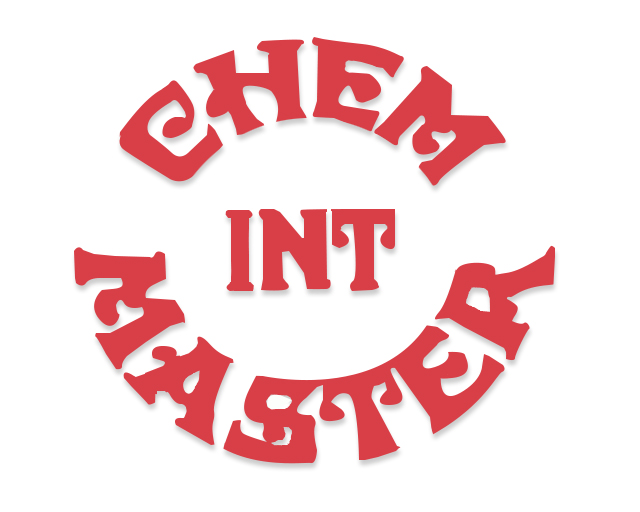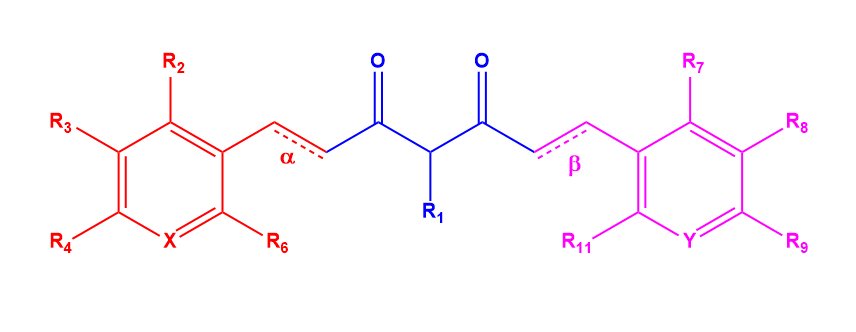DHA-SBT-1214
An unmet need in the area of cytotoxic therapy for human cancer is the development of an agent that is highly effective, yet is relatively safe with respect to side effects. The use of most chemotherapeutic drugs in human cancer treatment is accompanied by a variety of side effects including hair loss, corrugated and twisted nail formation and hemorrhage of the mucosa of the alimentary canal. The attractive aspects of DHA-SBT-1214 are its ability to target tumor cells then, once absorbed, release the cytotoxic taxoid moiety where it will do the most damage. This is the innovative aspect of this drug development program. Such a drug should readily find a place in the armamentarium of anti-tumor drug substances. With minimal side effects, it should also lend itself commercially to combination therapy in conjunction with an anti-tumor enzyme regulator, as is becoming the common practice in modern cancer treatment.
CHEM-MASTER'S MISSION
Our Mission
Our mission is to develop DHA-SB-T-1214 as efficacious and safer drug for cancer chemotherapy, especially against tumors that cannot effectively be treated by Taxol(R), docetaxel, Taxoprexin(R), and other commonly used chemotherapeutic drugs. In the SBIR Phase I study, we have made significant progress toward this goal. We have confirmed that the chemical synthesis of DHA-SBT-1214 with high purity is feasible at 10 g scale based on the proposed synthetic route. We have also confirmed the remarkable efficacy of DHA- SBT-1214 against pancreatic cancer (CFPAC-1) and non-small cell lung cancer (H460) xenografts in SCID mice models in addition to highly drug-resistant (Pgp+) colon cancer (DLD-1) xenograft as well as significant activity against another highly drug-resistant (Pgp+) breast cancer (LCC6-MDR) xenograft, wherein Taxol(R) and Taxoprexin(R) showed very limited activity or totally inactive. The project proposed in this Phase II application is designed to advance our studies on DHA-SBT-1214 to treat a variety of human tumors principally associated with colon, breast, lung and pancreatic cancers as well as to perform pre-clinical toxicology studies required for IDN filing and approval.
Thus, the key technical objectives in the Phase II studies are
PUBLIC HEALTH RELEVANCE
The proposed project is of great relevance to human health. Currently there are no really effective drug substances that can abolish or even partially inhibit the growth of human colon cancer because this particular form of cancer over-expresses the MDR phenotype. Remarkably DHA-SBT-1214, an omega-3 fatty acid- taxoid conjugate, can penetrate these cancer cells selectively and by-pass the MDR apparatus, thereafter inducing cell death. The further development of DHA-SBT-1214 as a possible treatment for colon, pancreatic, lung, breast and other forms of cancer could scarcely be more relevant in a society where many forms of this multi-variate and largely untreatable disease, seem to be increasing.



